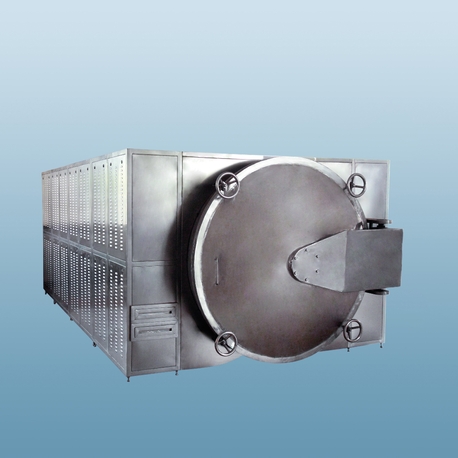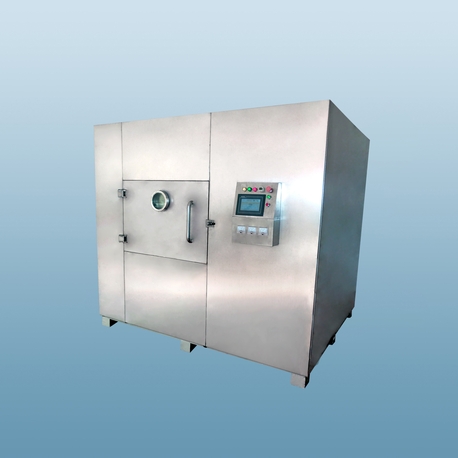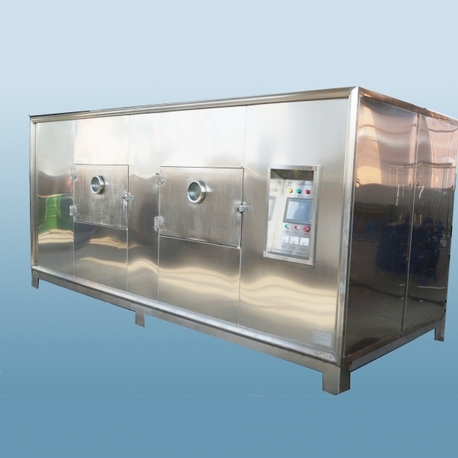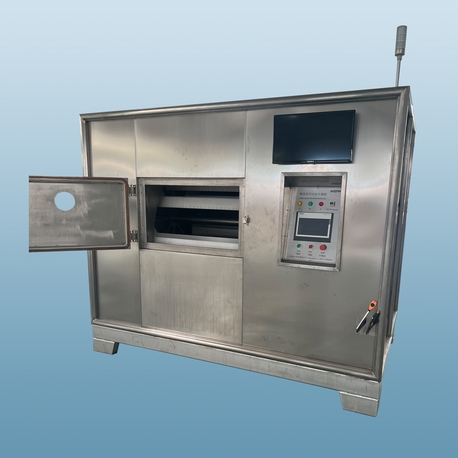If you're an avid gardener or a home cook who loves using fresh herbs, you've probably faced the challenge of preserving them before they wilt. Enter the herb dehydrator—a simple yet powerful appliance that can transform your abundant harvest into long-lasting, flavorful staples. This device is more than just a kitchen gadget; it's a game-changer for anyone looking to reduce waste and enjoy garden-fresh tastes year-round. In this article, we'll dive into the essentials of using a herb dehydrator, covering its functions, benefits, types, usage, maintenance, and versatile applications. By the end, you'll see why a herb dehydrator is a must-have for your culinary arsenal.
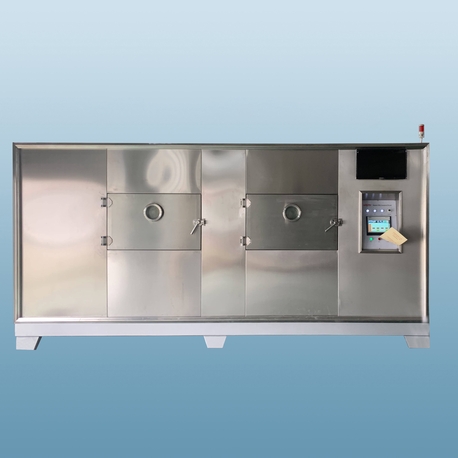
What is a Herb Dehydrator?
A herb dehydrator is a specialized appliance designed to remove moisture from herbs through controlled airflow and low heat. This process, known as dehydration, helps preserve the herbs by inhibiting the growth of bacteria, mold, and yeast that cause spoilage. Unlike sun-drying or oven methods, a herb dehydrator offers precision and consistency, ensuring that your herbs retain their color, flavor, and nutritional value. Typically, it consists of stacked trays with perforated surfaces, a heating element, and a fan to circulate air evenly. Whether you're dealing with basil, mint, or rosemary, a herb dehydrator can handle a variety of herbs, making it an indispensable tool for home preservation. By using a herb dehydrator, you can extend the shelf life of your herbs from days to months, allowing you to enjoy summer's bounty even in the depths of winter.
Benefits of Using a Herb Dehydrator
Investing in a herb dehydrator comes with a host of advantages that go beyond simple preservation. First and foremost, it enhances flavor retention. Unlike other methods that can lead to loss of essential oils, a herb dehydrator gently dries herbs, locking in their aromatic compounds. This means your dried herbs will taste almost as vibrant as fresh ones. Secondly, it promotes health and nutrition. Dehydration preserves vitamins and antioxidants, making your herbs a nutritious addition to meals. Thirdly, a herb dehydrator is cost-effective. Instead of buying expensive dried herbs from the store, you can use your homegrown supply, saving money over time. Additionally, it reduces food waste by allowing you to preserve excess herbs that might otherwise go bad. Lastly, a herb dehydrator is eco-friendly, as it minimizes packaging and transportation associated with store-bought products. By incorporating a herb dehydrator into your routine, you're not just preserving herbs—you're embracing a sustainable, healthy lifestyle.
Types of Herb Dehydrators
When shopping for a herb dehydrator, you'll encounter several types, each with unique features to suit different needs. The most common are stackable tray dehydrators, which consist of multiple layers that can be expanded for larger batches. These are ideal for beginners due to their affordability and ease of use. Another popular type is the box dehydrator, which has a solid cabinet-style design with removable trays. Box dehydrators often offer more even drying and better temperature control, making them a favorite among serious users. Then there are shelf dehydrators, which resemble small ovens and provide ample space for bulk drying. They're perfect for those with large herb gardens. Additionally, some herb dehydrators come with digital controls for precise temperature settings, while others have analog dials for simplicity. When choosing a herb dehydrator, consider factors like capacity, energy efficiency, and noise level. No matter the type, a well-chosen herb dehydrator can streamline your preservation process and deliver consistent results.
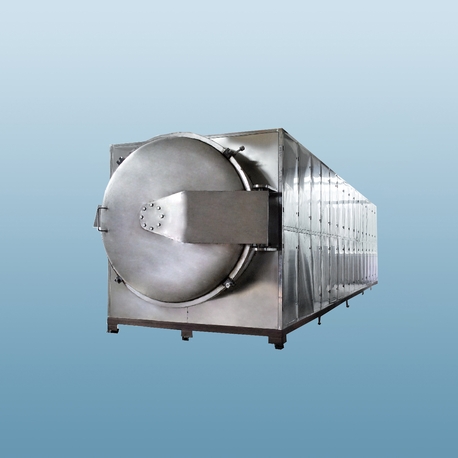
How to Use a Herb Dehydrator Effectively
Using a herb dehydrator is straightforward, but following best practices ensures optimal results. Start by preparing your herbs: wash them gently and pat them dry to remove excess moisture. Remove any damaged leaves and spread the herbs in a single layer on the dehydrator trays, ensuring they don't overlap for even airflow. Set the temperature according to the herb type—most herbs dehydrate well between 95°F and 115°F (35°C to 46°C). Avoid higher temperatures, as they can destroy delicate flavors. Turn on the herb dehydrator and let it run for several hours, typically 1 to 4 hours for leafy herbs and up to 8 hours for thicker varieties. Check for dryness by crumbling a leaf; if it breaks easily, it's ready. Once done, store the dried herbs in airtight containers away from light and heat. By mastering these steps with your herb dehydrator, you'll achieve perfectly preserved herbs every time.
Maintenance and Cleaning Tips for Your Herb Dehydrator
Proper maintenance of your herb dehydrator is crucial for longevity and hygiene. After each use, unplug the appliance and allow it to cool completely. Remove the trays and wash them with warm, soapy water—many are dishwasher-safe for convenience. Wipe down the interior and exterior with a damp cloth to remove any residue or dust. For stubborn stains, use a mild cleaner, but avoid abrasive materials that could damage the surfaces. Regularly inspect the fan and heating element for debris, as buildup can affect performance. If your herb dehydrator has a filter, clean or replace it as recommended by the manufacturer. Store the herb dehydrator in a dry, cool place when not in use. By following these simple steps, you'll keep your herb dehydrator in top condition, ensuring it remains a reliable tool for years to come.
Common Uses Beyond Herbs
While a herb dehydrator excels at drying herbs, its versatility extends to various other foods. For instance, you can use it to make dried fruits like apples and bananas, which make for healthy snacks. Vegetables such as tomatoes and peppers can also be dehydrated for use in soups and stews. Some people even use a herb dehydrator to create homemade jerky or dry flowers for crafts. This appliance is particularly useful for preserving seasonal produce, reducing food waste, and experimenting with DIY projects. By exploring these additional applications, you'll maximize the value of your herb dehydrator and discover new ways to enhance your kitchen creativity.
Frequently Asked Questions About Herb Dehydrators
Q1: What is the ideal temperature for dehydrating herbs in a herb dehydrator?
A1: The ideal temperature for dehydrating herbs in a herb dehydrator typically ranges from 95°F to 115°F (35°C to 46°C). This low heat helps preserve essential oils and nutrients without burning the herbs.
Q2: How long does it take to dehydrate herbs using a herb dehydrator?
A2: The time varies depending on the herb type and thickness, but most leafy herbs take 1 to 4 hours in a herb dehydrator, while woody herbs like rosemary may require up to 8 hours.
Q3: Can I dehydrate multiple types of herbs at once in a herb dehydrator?
A3: Yes, you can dehydrate multiple herbs simultaneously in a herb dehydrator, but it's best to group similar types together to prevent flavor cross-contamination and ensure even drying.
Q4: How should I store herbs after using a herb dehydrator?
A4: After dehydrating, store the herbs in airtight containers, such as glass jars, in a cool, dark place. This helps maintain their flavor and potency for up to a year.
Q5: Is a herb dehydrator energy-efficient?
A5: Most herb dehydrators are designed to be energy-efficient, consuming less power than a standard oven. Models with adjustable timers and thermostats can further optimize energy use during operation.
In conclusion, a herb dehydrator is a versatile and practical tool that can revolutionize how you handle fresh herbs and beyond. From preserving flavors to reducing waste, it offers numerous benefits that make it worth the investment. By understanding its functions and following best practices, you'll unlock a world of culinary possibilities.


